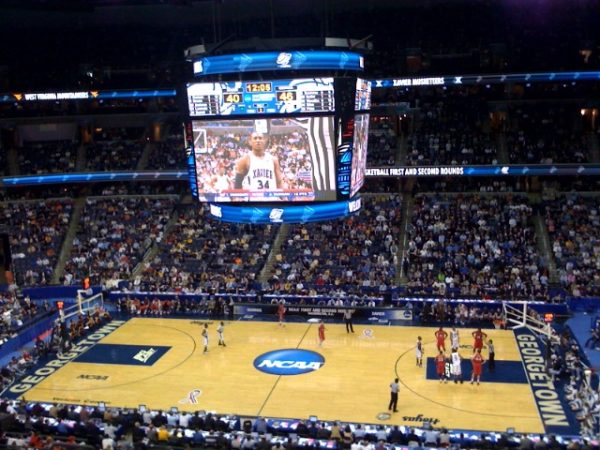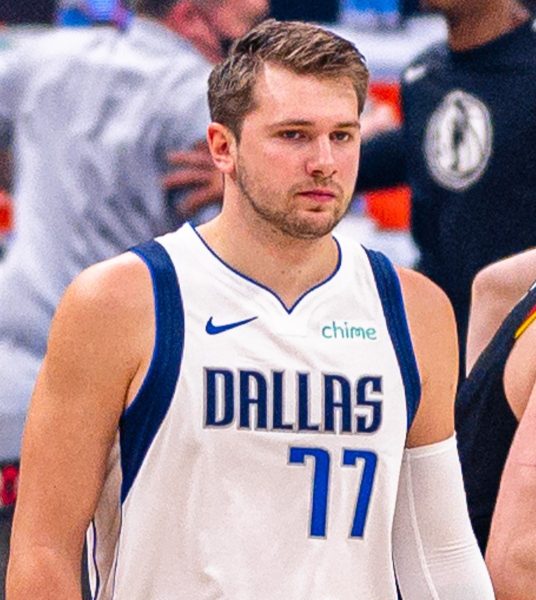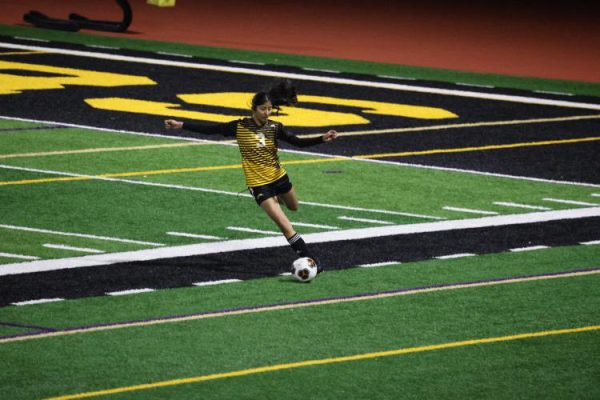No Pain, No Gain: Injuries in Athletics
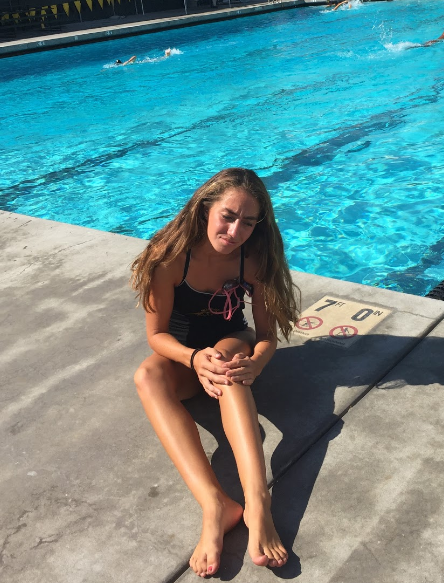
Courtesy of Sammie Discher Water polo player, Annaliese, holding her knee in pain.
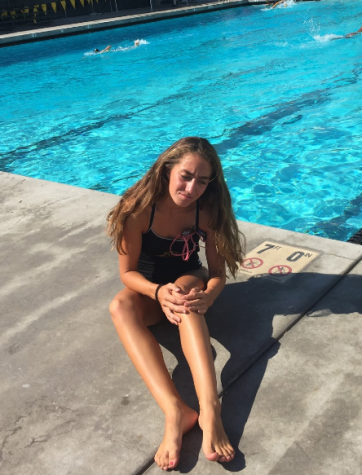
Water polo player, Annaliese, holding her knee in pain.
Athletes work especially hard to excel in their sport. However, as many athletes know, this hard work takes a toll on their bodies. Those annoying aches and pains that are avoided for as long as possible, will sometimes grow and become serious injuries causing time away from the sport. The competitive nature that seems to be embedded within athletes’ personalities makes accepting this recovery process very difficult. Many student athletes here at Wilcox have been forced into this position after being injured in the sport they love so much.
Injuries caused by sports are some of the most common injuries for children and young adults. According to Stanford Children’s Health, about 30 million children and teens participate in some form of organized sports. With this comes about 3.5 million sports related injuries each year. Obviously the highest rates of injury occur in high contact sports such as football, soccer, or hockey. Whereas in swimming or track and field there is little to no contact, preventing many types of collision or striking injuries. However, in all sports there is always the concern for sprains, strains, overuse, or misuse types of injuries. This makes these the most common types of sports related injuries.
Because sports injuries are so common and can happen to any type of athlete, one may think that being injured is not a cause for concern. However, it is quite the opposite. McKenna Ma has been recovering from an ACL and meniscus tear she accumulated last February during the Wilcox High School soccer season and says “Being on the sideline was a lot more frustrating than I thought it was going to be.” This feeling of frustration is very common in competitive athletes when they are forced to be away from the sport. John Schubel had this feeling last Wilcox High School football season when he received a very serious concussion and was forced to stop playing completely, he explains that “Being away was terrible, you feel like you are letting your team down and that you’re never going to come back.” Being sidelined as an athlete is very upsetting and difficult for many reasons, but a major one is worrying about what others will think. Even though many athletes worry about how their injury could affect their relationship with their team, Ma says that her “teammates didn’t treat [her] any differently than they did when [she] was on the team,” and that they were always available to give support.
Many athletes argue that the hardest part of a sports injury is returning to the sport. After being out for so long and simply watching and wanting to go in and play it is finally your turn. However, athletes do not just bounce back at their first practice, it takes time to accumulate the skills and technique from before. Schubel explains, “It was like re learning something you forgot. It was very tough getting back into shape and also routine.” Ma has a similar attitude toward her return, “I feel like while I was gone the team has grown, but I haven’t. In addition, it can be very frustrating for me when my touches and skills aren’t on par with my teammates’.” Coach Scott Blake, the girls’ water polo coach at Wilcox, explains how he deals with players when they are transitioning back into the sport, “…the athlete and I have a pretty serious talk about what her limits are and what the expectations are.” He says this helps make sure the athletes do not over work themselves or become further injured when they are coming back.
Although an injury can cause a huge dent in their athletic career, looking back on an injury an athlete can, in many cases, grow and learn from their situation. Ma explains this by saying, “Mentally, I’ve had my ups and downs, but I think overall it’s motivated me to keep pushing myself.” Even though athletes look at a sports injury as the worst outcome, the result can turn out to be positive and allow physical and mental maturity.


